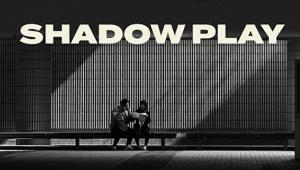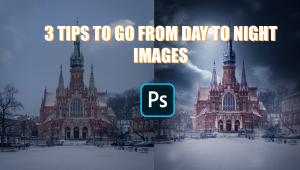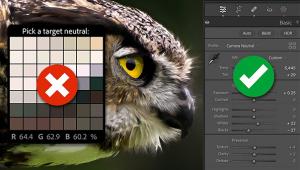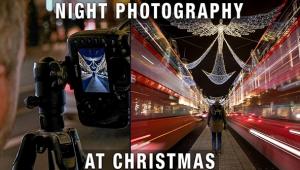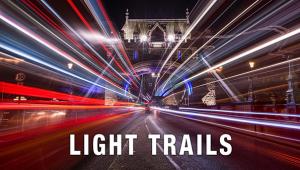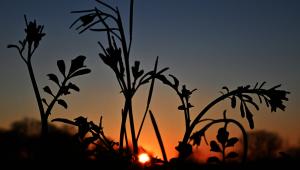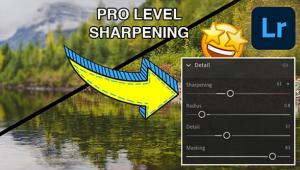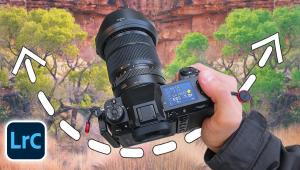How to Crush Night Photography: 7 Secrets from a Pro

Sure, you may be a great photographer when the sun’s shining bright but how do you do when it goes down? If you’re afraid of the dark or you simply want to know how to take beautiful photos of the stars at night, watch the video below from photographer Pierre T. Lambert titled “Crush Night Photography – 7 Pro Secrets.”
“Today we're taking a deep dive into night photography,” Lambert says. “If you ask yourself how you can get the best photos of the stars or long exposures this video is for you. I compiled 7 tips for you to crush you night photography. Here my 7 secrets to shooting at night if you want to capture the stars."
- Get away from the city - the less light pollution the better!
- Take your first photo with the highest ISO and lowest aperture possible. It's a test shot. Get you composition right and then try those settings: ISO3200, F/2.8 (or your minimum), 25". From there adapt.
- Focus on infinity by putting your lens in manual and turning the focus ring until you reach the 8 (infinity sign) and come back a mm or two. If mirrorless, use the information on your display.
- Find a subject to shoot. A point of attention. Something that will help you tell a story.
- To avoid blurry stars avoid exposing for too long. Divide 500 by your focal length as a rule of thumb for the max duration. Ex: 500/24=~21seconds. I just check manually :)
- Why are all your shots too dark when you import? You got tricked by your camera! Just like I did too... to avoid that reduce the brightness of your back screen to the minimum possible. Now in result in the body will look a lot more like what you will see on your laptop.
- Edit your images! You need to! It's crucial if you want to have the stars "pop" and bring details out. Most important tools to use are highlights, clarity, dehaze and local adjustments.
Lambert adds that your camera gear can be minimal, so don’t get psyched out by thinking you need to buy a lot of stuff.
“In terms of gear you'll just need a stable spot to put your camera , so use a tripod,” he notes. “Put a timer of 2 seconds to avoid camera shake with you press the shutter.”
Watch more of Lambert’s great photography videos on his YouTube channel.
- Log in or register to post comments


